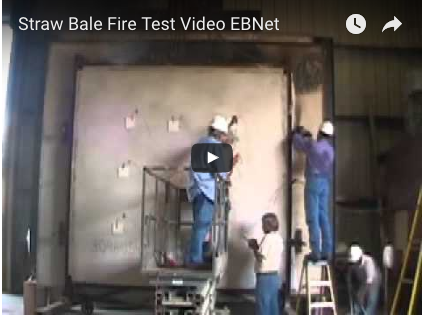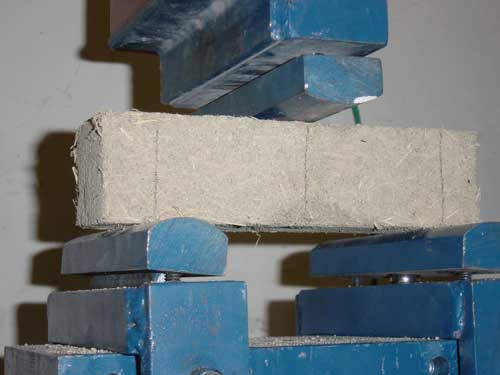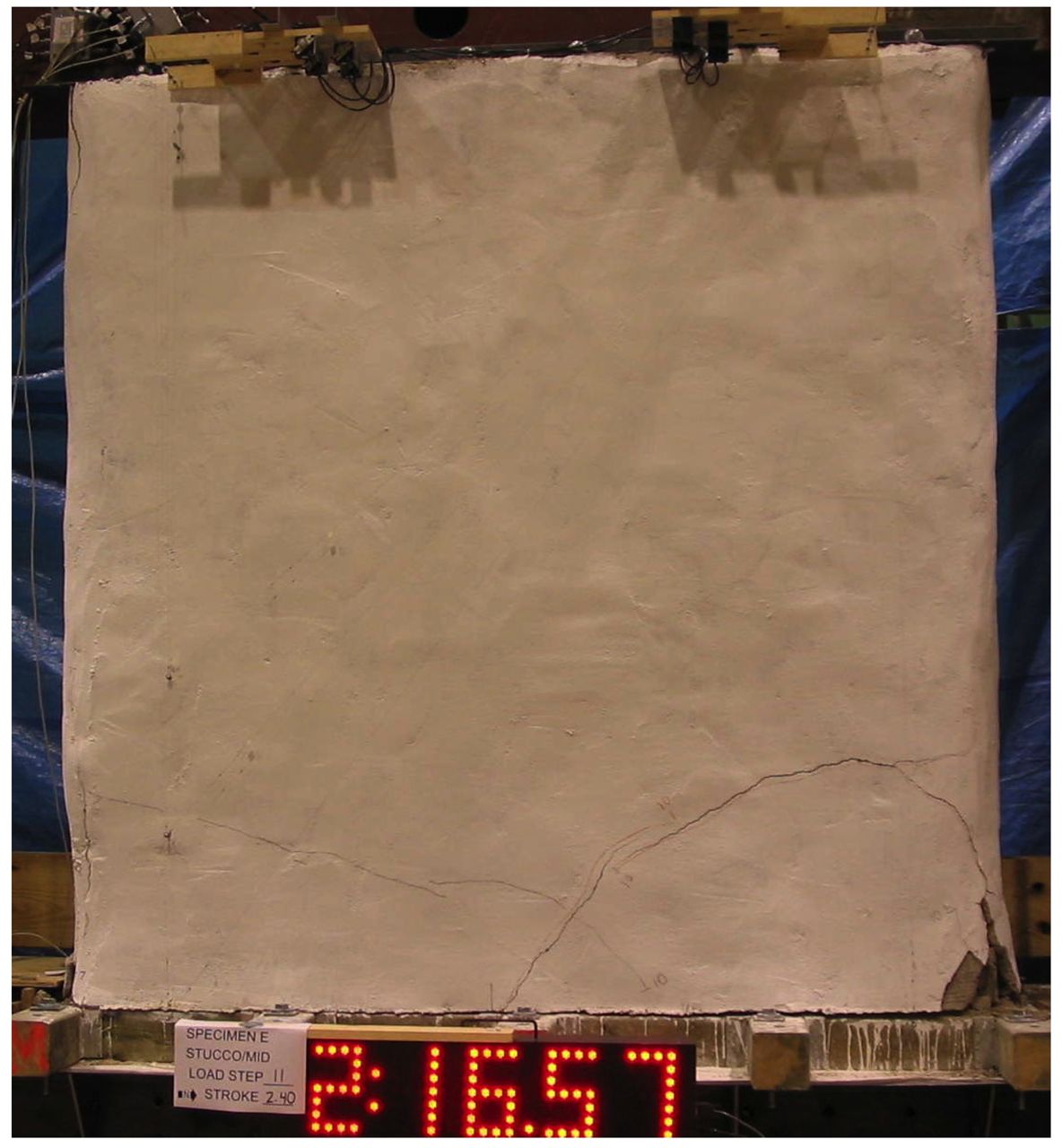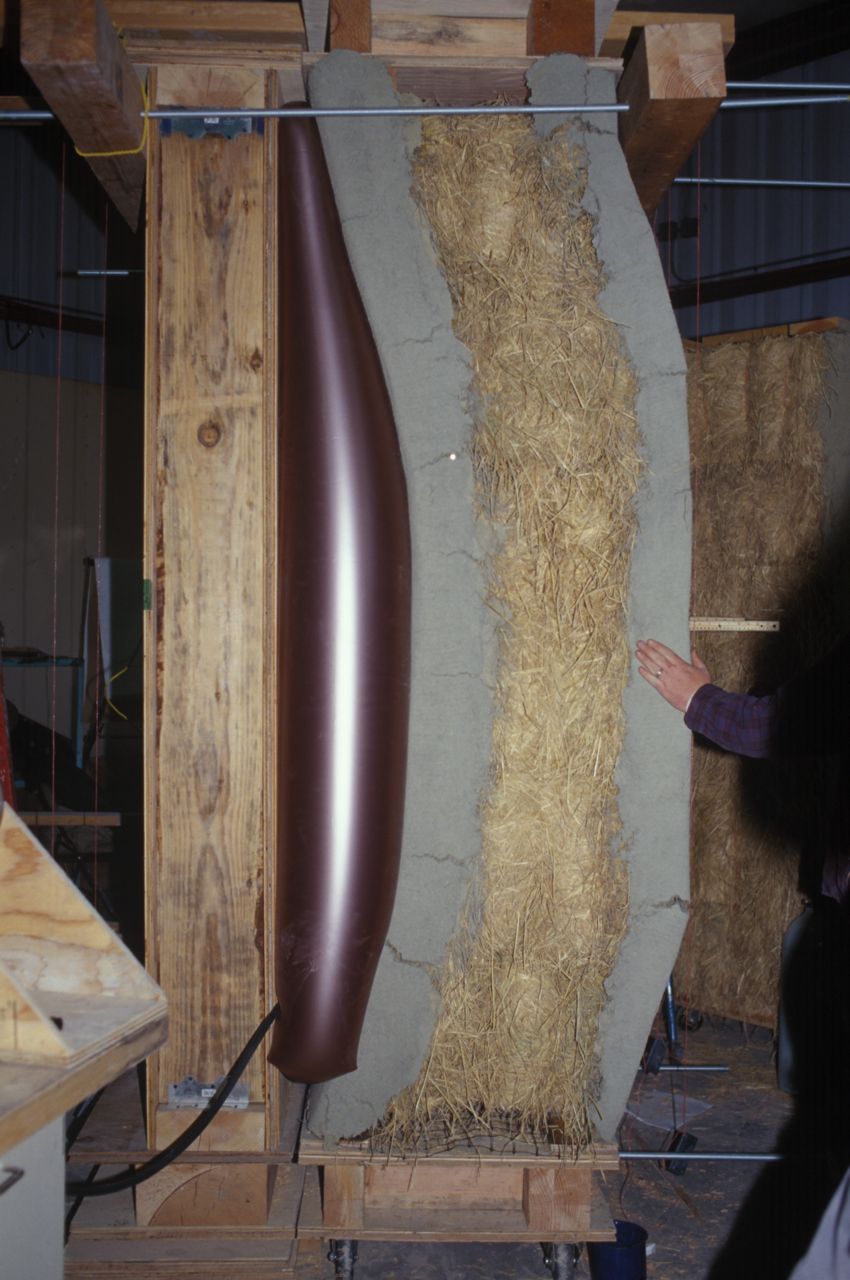Research
Sometimes the only way to obtain the technical information needed by designers, engineers, and (especially) building officials is to provide it ourselves. EBNet conducts research when the need for answers is clear and pressing, and when there's no one else around to do it.
We, as a society, need to identify, research, and develop promising ideas to bring solutions to probems in the built environment. The construction industy is quite conservative at every level, and justifiably resistant to change. Nevertheless, this industry is itself in need of major remodeling, and part of that effort is to deepen our technical understanding of materials.
Private investment capital will only flow where there is a clear path to market and profitability, which is fine so far as it goes. But there are a great many good ideas and early-stage technologies in the world right now that are either too early stage for even the most ventursome of venture capitalists, or else are of public value, but in one way or another not so attractive as entrepreneurial risks. For example, there is a renaissance of interest in earthen building, which is about as eco-friendly (and lovely) a way to build wals as you will find. But earthen building in its many forms is already widespread; the intellectual property is in the public domain, and thus cannot attract the sort of private research and development funding that might propel it to higher quality and efficacy.
Creditable research to accepted standards is necessary to remove regulatory hurdles and gain industry confidence. As with building standard development, Ecological Building Network recognizes the importance of conducting targeted research.





